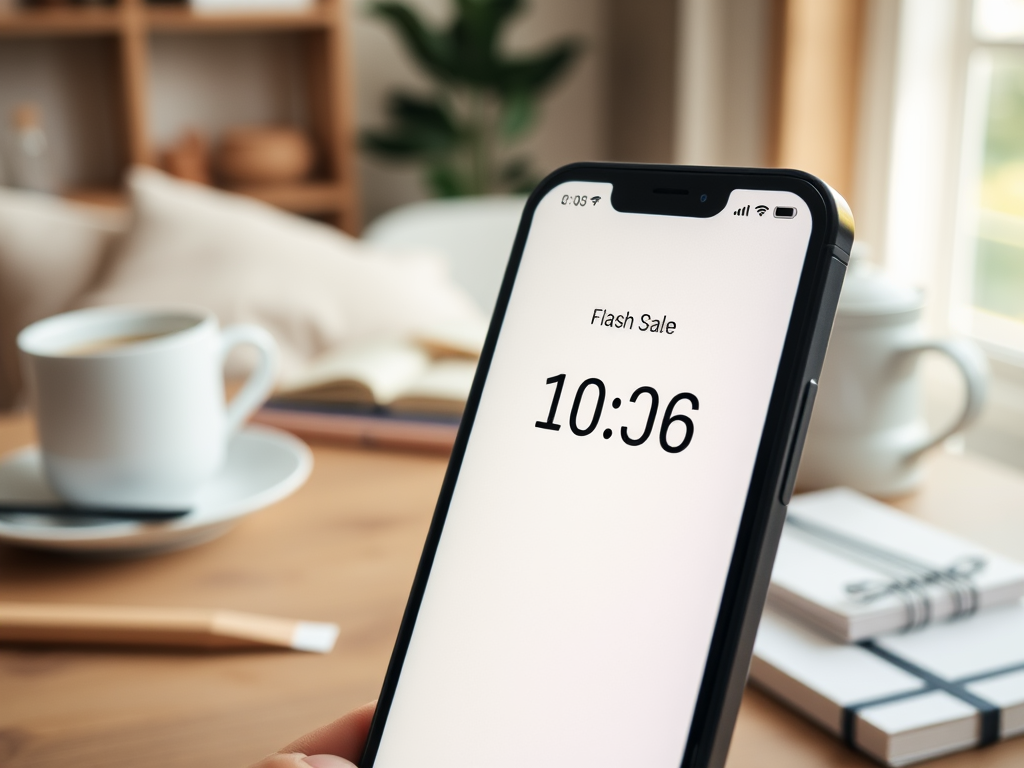In the vibrant world of marketing, where competition is fierce and attention spans are fleeting, the psychological concept of FOMO—fear of missing out—has emerged as a potent tool. It’s no longer just a casual buzzword in social circles; FOMO has woven itself into the fabric of consumer behavior, shaping how brands interact with their audiences. By understanding this powerful phenomenon, marketers can craft strategies that not only captivate but also convert. This article delves into the intricate workings of FOMO, exploring its roots in psychology and its impactful presence in marketing tactics.
As social media continues to dominate communication, the ability of FOMO to influence decision-making increases exponentially. Every scroll through curated images and posts can amplify a sense of urgency in potential buyers. As people observe their peers participating in exclusive events or snagging limited-edition items, they—often subconsciously—feel compelled to join in. This social pressure can lead to moments of impulsivity that brands can effectively leverage. Therefore, grasping the elements of FOMO becomes crucial for any marketer aiming to create connection and drive action.
What is FOMO?

FOMO is defined as the anxiety that arises from the belief that others might be having rewarding experiences from which one is absent. This complex emotional response is often triggered by social media platforms that showcase real-time moments of others experiencing joy, success, or exclusivity. Such triggers can stir feelings of inadequacy or a desire to belong, pushing consumers to seek out similar experiences. In essence, FOMO encapsulates the fear of missing opportunities that might enhance one’s personal or social status.
The Psychology Behind FOMO

The roots of FOMO can be traced back to basic human psychology, particularly the innate desire for social connection and approval. This phenomenon is intricately linked to self-esteem; when individuals perceive that they are missing out on experiences shared by others, their anxiety levels may increase significantly. Marketers capitalize on this anxiety, creating campaigns designed to amplify consumers’ fear of being left out. By doing so, they can elicit immediate responses from consumers who wish to avoid that emotional discomfort.
Understanding how FOMO affects consumer behavior is vital for marketers aiming to create successful strategies. Here are some key ways in which FOMO operates:
- Urgency: FOMO generates a sense of urgency that encourages potential buyers to act quickly to avoid missing out on valuable opportunities.
- Scarcity: Limited availability of products or services enhances their desirability, prompting immediate purchase decisions.
- Social Proof: Seeing others engage with a product or event can validate its value, prompting individuals to want to be a part of that experience.
These components are not only psychological; they manifest in strategic marketing tactics that resonate powerfully with consumers.
| FOMO Tactic | Description |
|---|---|
| Limited-Time Offers | Create urgency with discounts or deals available for a short period. |
| Exclusive Access | Offer special access to events, products, or information for select individuals. |
| Social Media Campaigns | Use social proof through user-generated content to showcase popularity. |
FOMO Strategies in Marketing
Marketers can leverage FOMO in several innovative ways to drive customer engagement and boost conversions. Here are a few noteworthy tactics effective in various industries:
- Countdown Timers: Implementing timers on websites or in emails that count down to the end of a sale can create immediate pressure.
- User Testimonials: Featuring real stories and experiences from satisfied customers can amplify the desire to participate.
- Flash Sales: Limited-time flash sales create a rush, wherein the fear of missing out on a fantastic deal can provoke immediate purchasing behaviors.
The effectiveness of these strategies is evident in the increased engagement they foster. With timely adherence to the principles of FOMO, brands can establish a loyal customer base driven by the desire for connection and participation.
Conclusion
Harnessing the power of FOMO within marketing opens up a world of possibilities to engage consumers on a more emotional level. By appealing to the fear of missing out, brands can craft campaigns that resonate deeply and yield substantial results. Yet, it is crucial to strike a balance; FOMO should be used responsibly to avoid overwhelming potential customers with pressure. Properly applied, FOMO can foster lasting relationships built on mutual interest and excitement. Therefore, as marketers continue to tap into the emotional landscape of their audiences, understanding FOMO becomes ever more essential.
Frequently Asked Questions
- What does FOMO stand for?
FOMO stands for “Fear Of Missing Out.” - How can I use FOMO in my marketing strategy?
Utilize limited-time offers, exclusive access, and display social proof to create urgency. - Is FOMO effective in all types of marketing?
While FOMO can be effective, the context and target audience are crucial for success. - What are some examples of FOMO in marketing?
Examples include flash sales, countdown timers, and showing low stock levels on products. - Can FOMO negatively impact consumers?
Yes, excessive FOMO may lead to anxiety or impulse buying, so it’s important to use it responsibly.



